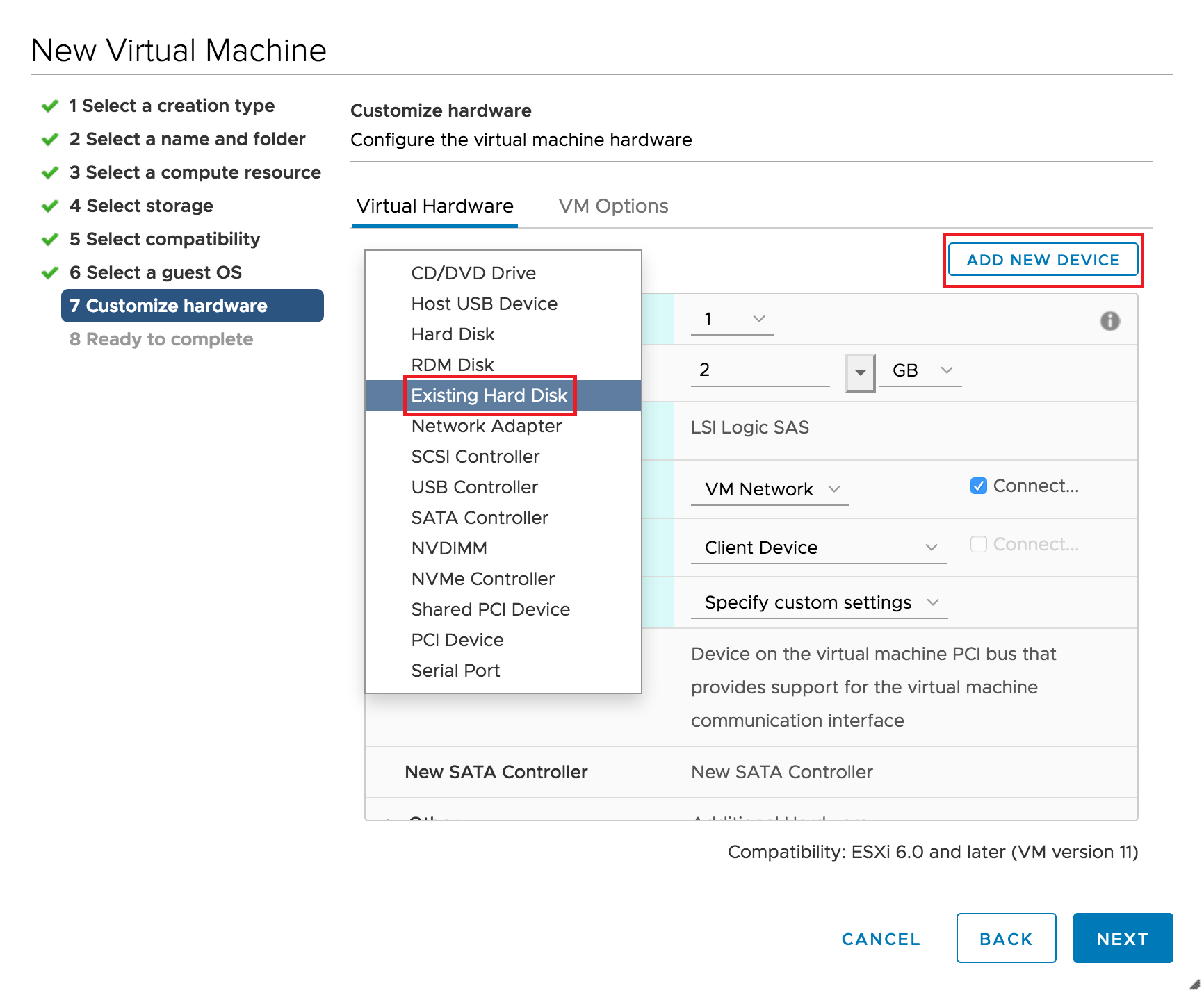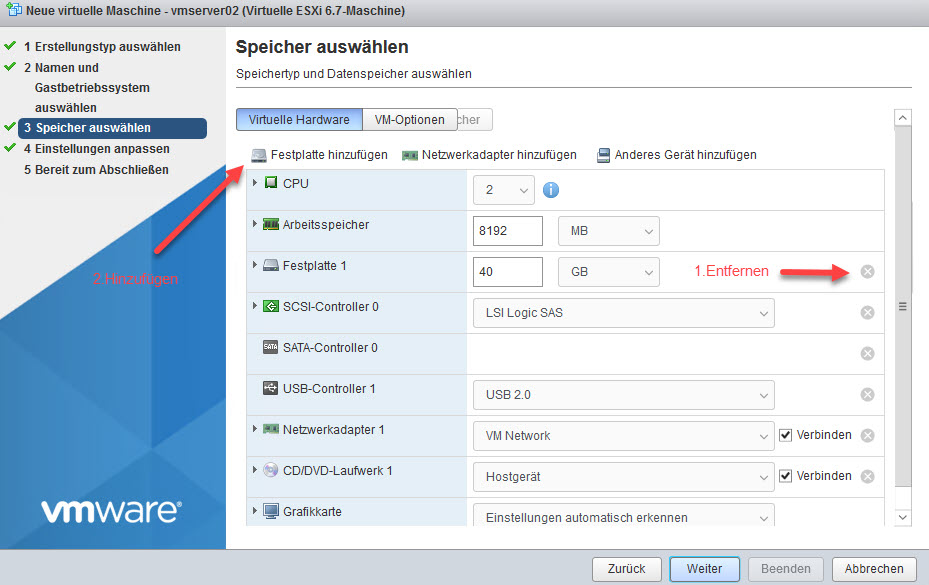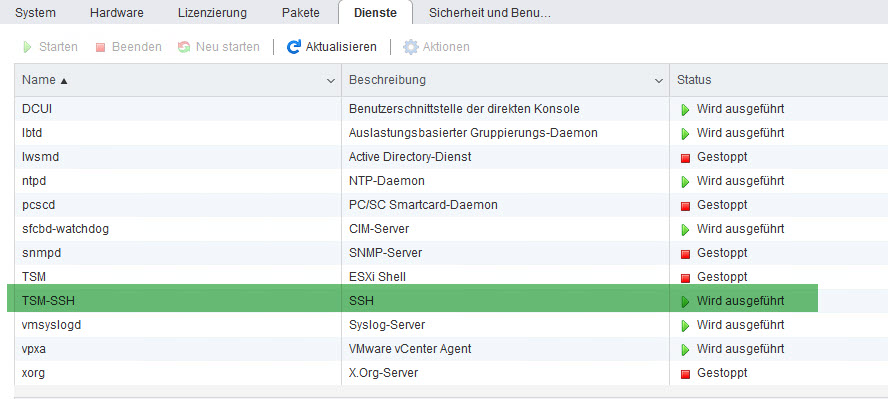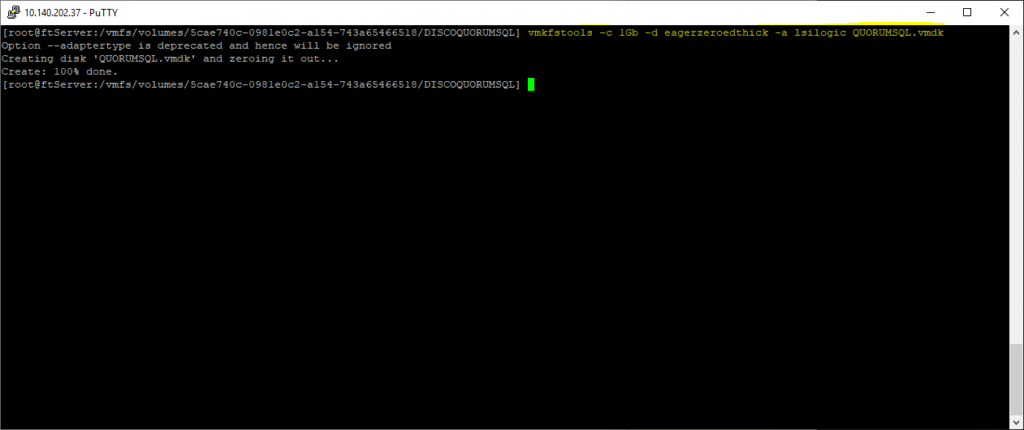Vmkfstools Windows 10
This site contains documentation of the various things I have happened to invest some time into investigating and decided to make documentation for
- 'vmkfstools -i /mnt/windows/directory/drive0.vmdk /vmfs/farm0lun0/servername.vmdk' You can also mount the windows share and use the MUI to copy and paste the file to te vmfs partition and ESX will use the vmkfstools automatically. Re: how to copy from windows to vmfs.
- This can be resolved by resizing the volume using vmkfstools from the ESX command line:vmkfstools -X g Once the copy completes, proceed to the Cleanup section of this article to continue. When the transfer completes, access your vSphere environment.
I believe that specific kind of knowledge in the right hands can do a lot of good things, so I decided to document things I know about. The things I know are very niche and I’d be shame if that information would happen to just dissapear one day.
I have decided to use 3kliksphilip’s approach to tutorials, based on his old Hammer World Editor tutorial series. Raw simple knowledge that you can kickstart yourself from to do many things. As this knowledge is supposed to create a starting point for you, it is recommended to study more than just the documentation located on this site.

It is highly encouraged to fork and expand on the knowledge and information located on this site.
List of documentation

This gives us a 36 GB size (while the VM itself actually uses about 10 GB). Issue the command vmkfstools –punchzero VM.vmdk. This will take a while so be patient (and oh yes, you VM must be powered off). On a 40 GB VMDK it took me about 10 minutes, but this will depend mostly on your SAN speed.
Linux
Restrict SFTP user to a specific folder
Backing up MySQL database on Linux with rclone and Azure Blob Storage
Mounting Onedrive with Rclone mount on startup with Systemd
Changing dynamic or static IP to dynamic or static IP on RHEL based Linux
Network booting CentOS 7 via iPXE and Windows IIS by chainloading iPXE via on-board PXE ROM
Reverse Engineering TP-Link TL-WA901ND firmware and obtaining the filesystem
Migration of RHEL system to a new server (CentOS 7)
Fixing Ubuntu VM on Hyper-V stuck in read-only mode after hot backup or live migration
Booting to Windows remotely on dual-boot CentOS 7 system
Windows
Using Windows applications with the Windows Subsystem for Linux (WSL) Linux filesystem
Using Windows Deployment Services (WDS) with iPXE
Adding AWS Shell to Windows Terminal
Virtualization
Migrating a physical server or a VM from a different hypervisor into a new VM
Connecting to Hyper-V VM console via RDP
Converting a Hyper-V VHD/VHDx to VMWare Workstation VMDK
Using VMWare Workstation VMDK image in ESXi
Networking
Routing all traffic through OpenVPN client on Windows
L2TP with IPSec Point to Point VPN setup on Mikrotik
Deploying pfSense on a system with a single network interface using VLANs on Dell Wyse D90D7 Thin Client
Hardware
Vmkfstools Windows 10 Download

World of Warcraft

Vmkfstools Windows 10

WoW data extraction resource sheet
Recognizing WoW files with no listfile or extension
Source Engine and Source Filmmaker
Importing Source Engine models into a 3D program
Putting your own model into SFM (very simplified)
Getting the best image quality out of SFM
SFM Depth of Field Post-production
Exporting SFM animations to Blender and 3DS Max, or how to use SFM as an animation tool
3DS Max
Bootstrapping Powershell commands to 3DS Max’s Maxscript to send notifications
Applying Turbosmooth on an already rigged mesh in 3DS Max
Combining multiple skinned meshes into a single mesh while keeping the skinning in 3DS Max
3DS Max and Blender interoperability